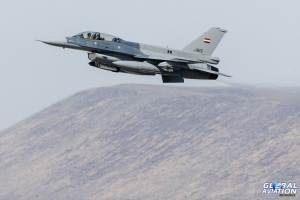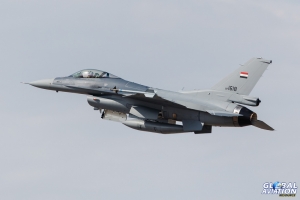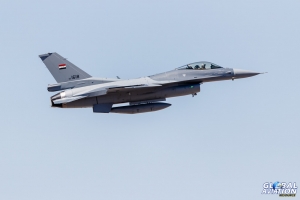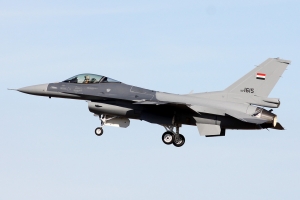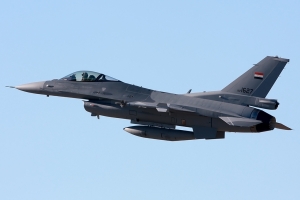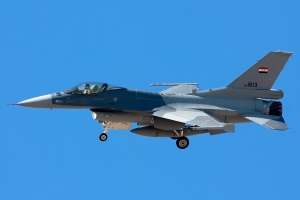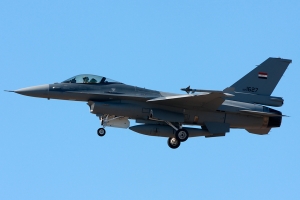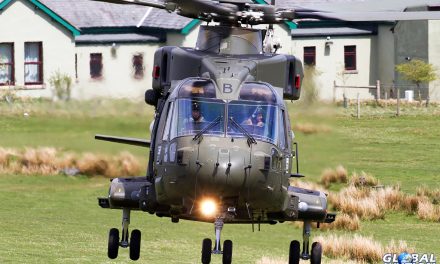Despite a troubled recent past, which shows little sign of getting better in the short term, Iraq is currently bringing into service its most advanced fighter. With the battle against Islamic State still raging in the country, the growing Iraqi Air Force is finding itself working very hard. Paul Dunn takes a look at the Lockheed Martin F-16IQ.

In the days when Iraq was ruled by Saddam Hussein, the Iraqi Air Force operated a mix of aircraft of predominately Russian (and to a lesser extent, French) origin. Like much of the Iraqi armed forces, the Air Force suffered great losses during the first Gulf War in 1991, with many aircraft destroyed or otherwise lost after fleeing to Iran. The remainder of the 1990s was not an auspicious period for the Iraqi Air Force, with no-fly-zones being enforced by Coalition jets, on occasion resulting in its aircraft being shot down.

The US-led invasion of Iraq (Operation Iraqi Freedom) saw much of what was left of the Air Force destroyed or captured by advancing Coalition forces; with the nation falling under US occupation, the Air Force effectively ceased to exist.
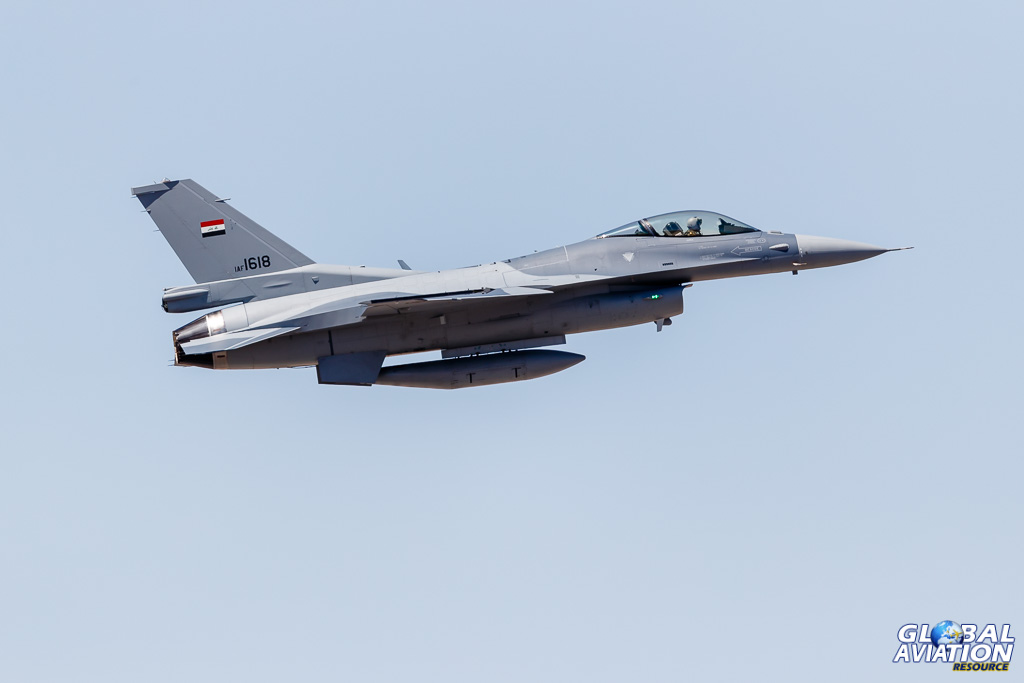
When the eventual withdrawal of US and coalition forces from Iraq began, the country’s armed forces needed to be strengthened, to take back the role of defending the country from attack both from neighbouring countries, but also from insurgency within. This effort began somewhat belatedly, which is likely to be a contributing factor to the rise of the militant group known variously as ISIS, IS or Daesh.

As part of this rebuilding effort, the Iraqi Air Force received new equipment, including C-130J Hercules transports and Bell 407 armed helicopters. What was missing was a tactical fighter jet able to perform air defence and ground attack roles. In 2011, the Air Force ordered its first batch of Lockheed Martin F-16IQs, with an initial commitment to purchasing 18 aircraft followed up by an order for a second batch of 18. The total of 36 will include 12 two-seaters, sporting the now familiar bulged spine of the Block 50/52 F-16D.

The first aircraft was delivered in 2014. By that time, the security situation in Iraq had deteriorated so much that it was not practical to deliver the aircraft to the country, so they were flown to Tucson International Airport in Arizona, where an initial cadre of Iraqi pilots had already been learning to fly the F-16 with the 162nd FW of the Arizona ANG. The 162nd FW is responsible for training all ANG and AFRC F-16 pilots, along with some pilots from allied nations and in the past had played host to UAE F-16E/Fs when that country received its initial delivery of aircraft.

The F-16IQ is based on the most recent Block 50/52 F-16C/D, although it is lacking certain more advanced systems and weapons. Political considerations dictated the specifications of the F-16IQ, with the Iraqis getting an aircraft that was more than capable of taking on the Iranian (and Syrian) Air Forces, but certainly at a disadvantage against some of the more advanced nations in the region, such as Saudi Arabia and Israel.
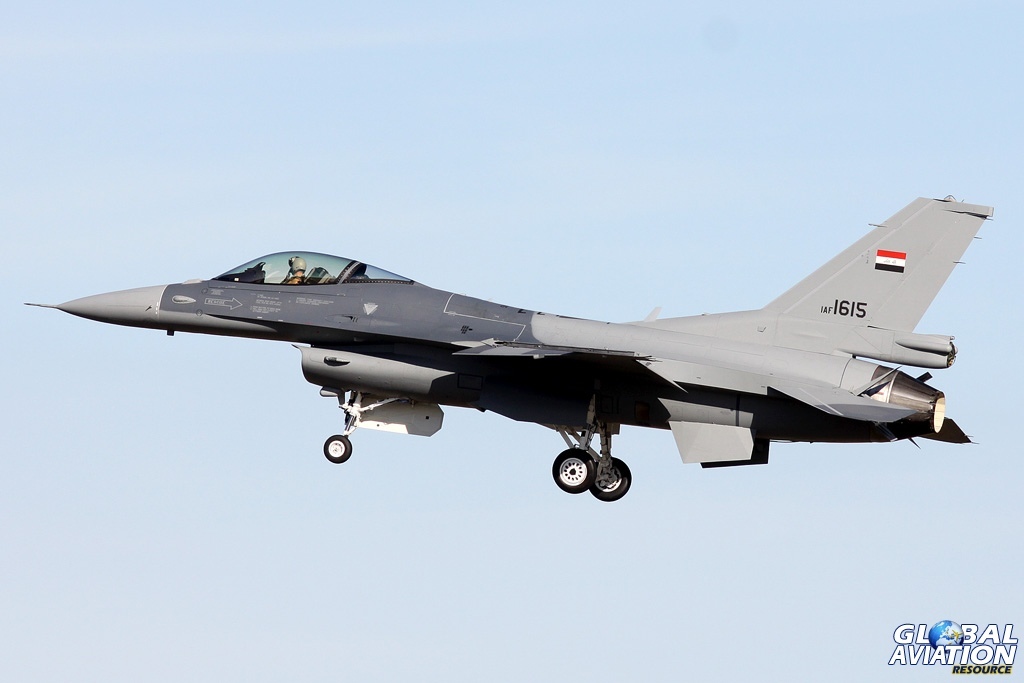
Along with the aircraft, the Iraqi Air Force received weapons such as the Paveway series of laser-guided bombs and AGM-65 Maverick missiles. Whilst useful, especially in a counter insurgency role, these weapons are far less versatile than the latest bombs to equip US and NATO operators. For the air-to-air role, the F-16IQ will use the AIM-9L/M Sidewinder and AIM-7M Sparrow, again perfectly adequate missiles, but somewhat inferior to the latest AIM-9X and AIM-120 AMRAAM.
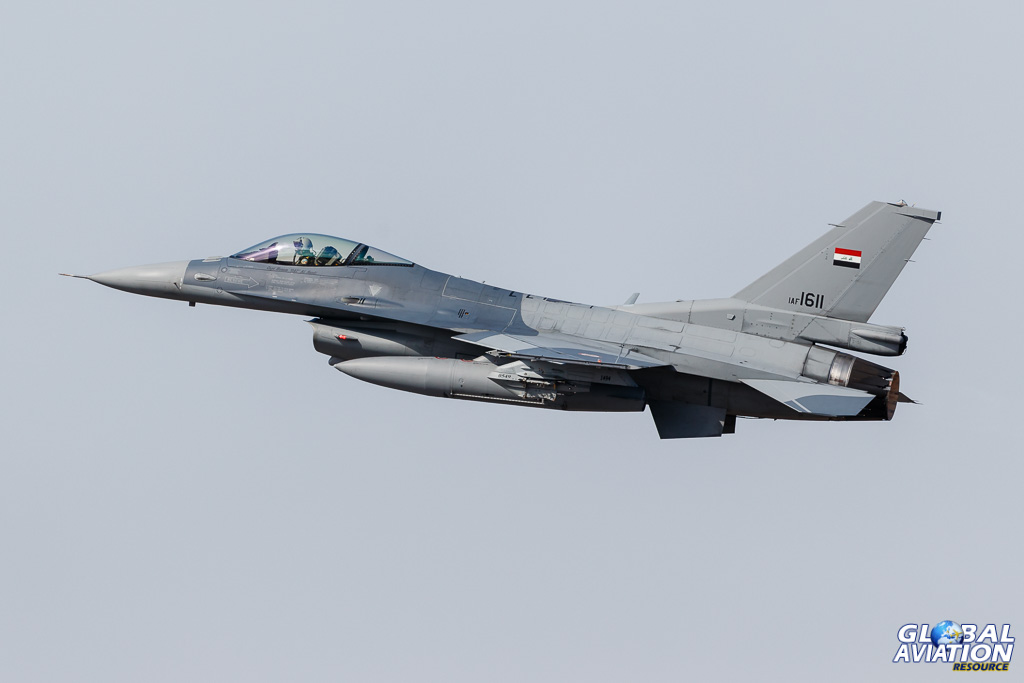
Despite the shortcomings imposed on the F-16IQ, the airframe has much potential for upgrade in the future and it is conceivable that more advanced weapons and avionics will be supplied should the security situation in the country and the region change. It also has the benefit of being compatible for operations alongside US aircraft, an important consideration.
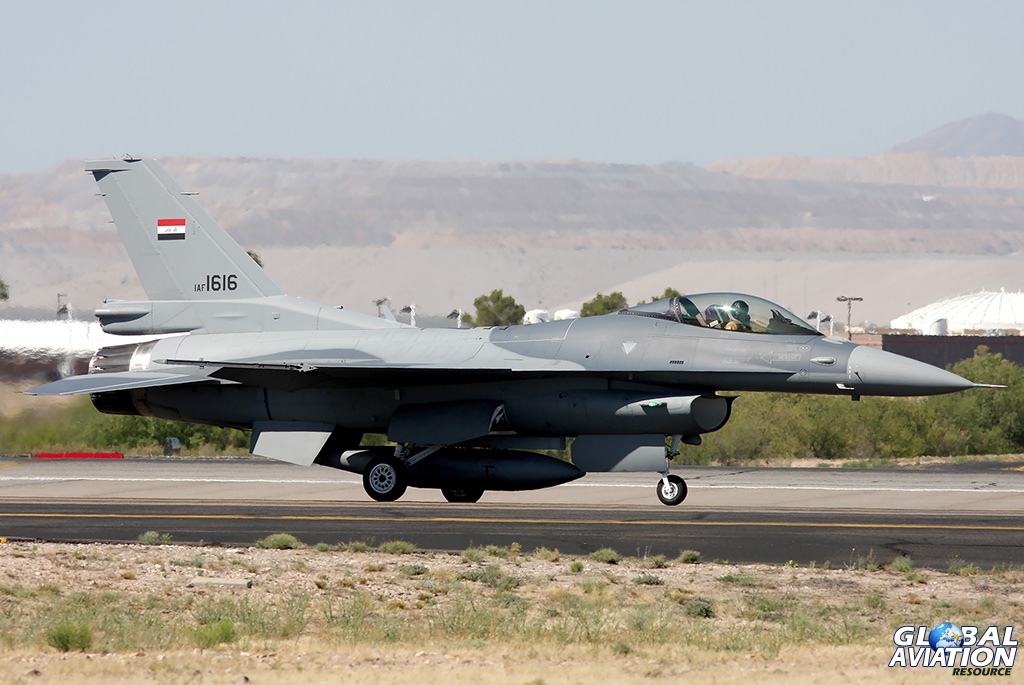
Since receiving its first aircraft in 2014, several groups of pilots have passed through the training programme, with an eventual requirement of around 50. The first aircraft were delivered to Balad AB in Iraq in July 2015and currently approximately 14 aircraft make up the 9th Fighter Squadron. These aircraft have seen action alongside US and other jets in the fight against Daesh.
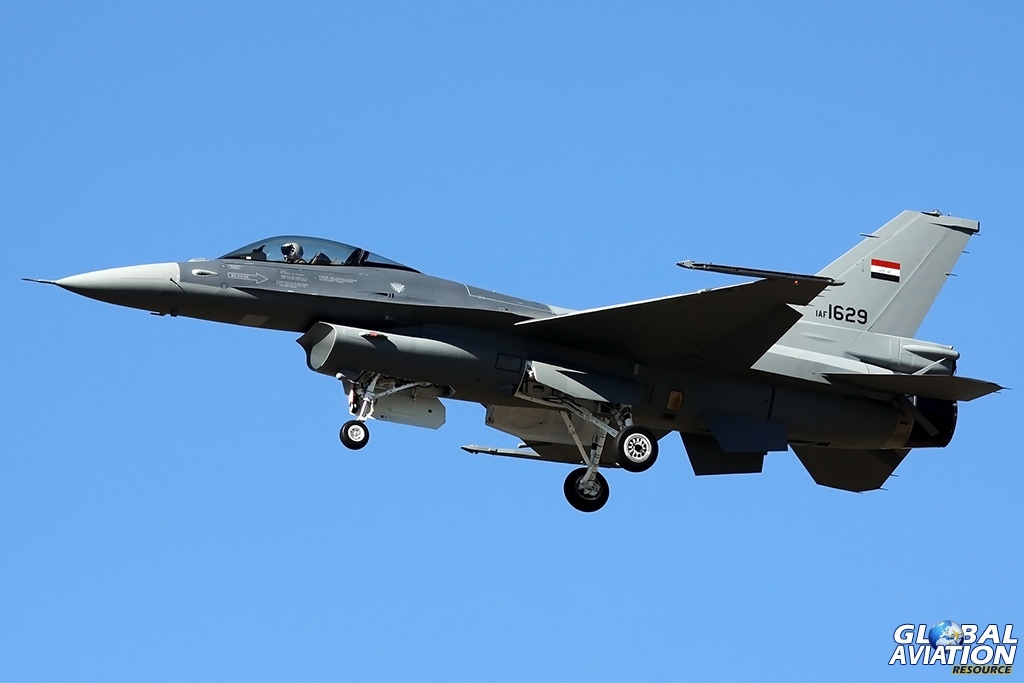
The training programme has not been without challenges. In June 2015, an aircraft was lost on a night time training mission over southern Arizona. The pilot, Brig Gen Rasid Mohammed Sadiq, was unfortunately killed in the crash.

More recently, visa restrictions imposed on Iraqi citizens by the President Trump’s Executive Order have caused some headaches. At the time of writing, the USAF and Iraqi diplomats were attempting to negotiate an exemption to the travel ban for Iraqi pilots heading to Tucson, with the situation being highlighted by Arizona Senator John McCain in his criticism of the new policy. With Iraq clearly being a key ally in the fight against Daesh, it is surely in the interests of all parties to quickly reach a compromise which doesn’t adversely affect Iraqi Air Force pilot training at Tucson.
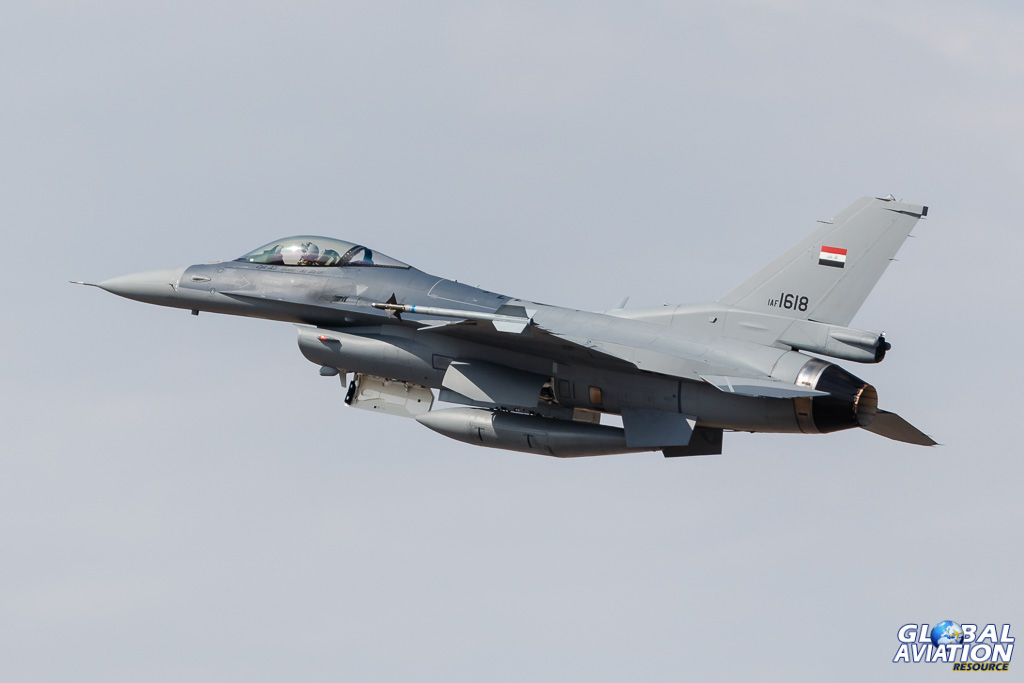
While the politicians argue, training goes on at Tucson, and operations presumably continue in Iraq, with the country showing few signs of escaping the violence which has plagued it over much of its modern history.

